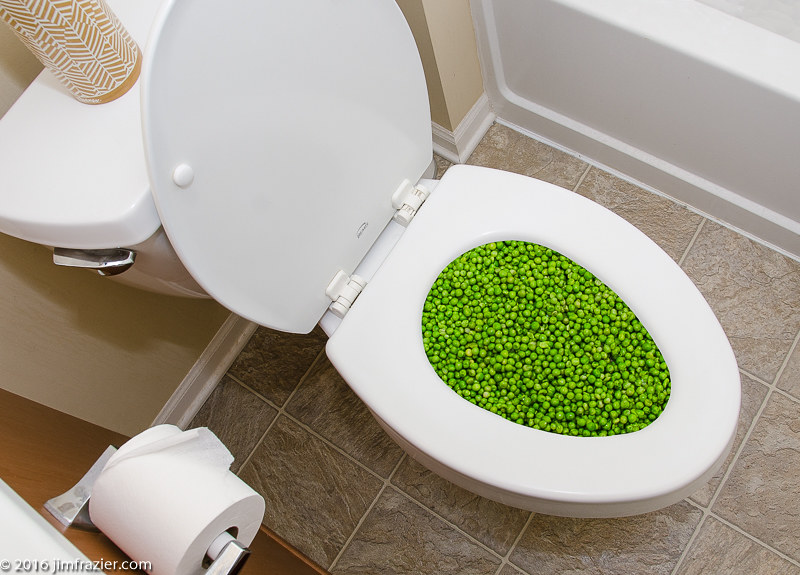What are your ideas about Is it safe to flush food (especially rice) down the toilet??

Intro
Many people are commonly confronted with the dilemma of what to do with food waste, particularly when it pertains to leftovers or scraps. One usual question that occurs is whether it's okay to flush food down the bathroom. In this post, we'll explore the reasons that individuals could consider flushing food, the consequences of doing so, and alternative methods for correct disposal.
Reasons people might take into consideration flushing food
Lack of awareness
Some individuals may not know the prospective damage brought on by flushing food down the commode. They may incorrectly believe that it's a harmless method.
Comfort
Flushing food down the commode may seem like a quick and very easy remedy to throwing away unwanted scraps, specifically when there's no neighboring trash can offered.
Laziness
In some cases, individuals might just choose to flush food out of large laziness, without taking into consideration the repercussions of their actions.
Consequences of flushing food down the bathroom
Environmental impact
Food waste that ends up in rivers can contribute to pollution and harm water ecosystems. In addition, the water used to purge food can stress water sources.
Pipes problems
Flushing food can lead to clogged up pipes and drains pipes, triggering costly pipes repair work and inconveniences.
Sorts of food that ought to not be purged
Fibrous foods
Foods with coarse appearances such as celery or corn husks can get entangled in pipes and cause obstructions.
Starchy foods
Starchy foods like pasta and rice can absorb water and swell, bring about obstructions in pipelines.
Oils and fats
Greasy foods like bacon or cooking oils need to never be flushed down the commode as they can solidify and create blockages.
Appropriate disposal methods for food waste
Utilizing a garbage disposal
For homes outfitted with waste disposal unit, food scraps can be ground up and flushed with the pipes system. However, not all foods are suitable for disposal in this fashion.
Recycling
Specific food product packaging products can be recycled, lowering waste and reducing ecological impact.
Composting
Composting is a green way to deal with food waste. Organic materials can be composted and made use of to enrich dirt for gardening.
The relevance of correct waste administration
Decreasing ecological harm
Proper waste monitoring practices, such as composting and recycling, assistance minimize pollution and protect natural resources for future generations.
Safeguarding pipes systems
By preventing the practice of flushing food down the bathroom, homeowners can prevent expensive pipes fixings and keep the honesty of their pipes systems.
Conclusion
In conclusion, while it may be appealing to flush food down the commode for convenience, it is essential to comprehend the potential consequences of this activity. By taking on proper waste management practices and disposing of food waste properly, people can add to much healthier plumbing systems and a cleaner setting for all.
FLUSH FOOD DOWN THE TOILET?
FLUSHING FOOD CAN CAUSE BLOCKED DRAINS IN YOUR HOME
All of the plumbing fixtures in your home are connected to the same sewer pipe outside of your home. This outdoor sewer pipe is responsible for transporting all the wastewater from your home to the Council sewer mains. Even small pieces of food that go down the kitchen sink can cause problems for your sewer. It should therefore be obvious that flushing larger bits of food, such as meat, risks a clog in either the toilet itself or the sewer pipes. Flushing greasy food is even more problematic because oil coagulates when it cools, coating the interior lining of your pipes.
THE TOILET IS NOT A BIN
Food isn’t the only thing that people shouldn’t be flushing down the toilet. People use the toilet to dispose of all kinds of things such as tampons, makeup wipes, dental floss, kitty litter and even underwear. Water goes to great lengths to educate residents about the high costs and stress placed on wastewater treatment systems simply from people flushing the wrong stuff down the toilet. It costs taxpayers millions of dollars each year, and homeowners thousands in blocked drain repairs.
FLUSHING FOOD IS A WASTE OF WATER
Flushing food is a waste of our most precious resource - water. In June this year Level 1 water restrictions were introduced to protect water supply from drought conditions. Much of New South Wales continues to be affected by prolonged drought with recent figures revealing up to 97 per cent of the state remains in drought. Depending on whether you have a single or dual flush toilet, every single flush uses between five and 11 litres of water. In the current climate this is a huge amount of water to be wasting on flushing food that should be placed in the bin (or better yet, the compost).
https://www.jabplumbingsolutions.com.au/blog/can-you-flush-food-down-the-toilet

We hope you enjoyed our section on . Thanks for taking a few minutes to browse our content. Liked our blog posting? Please quickly share it. Help another person locate it. Thanks a lot for your time. Revisit us soon.
Website